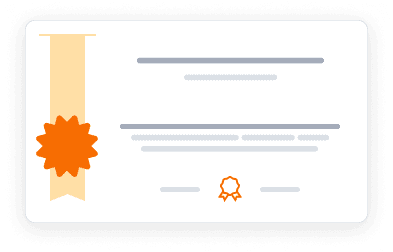This course is part of Research Methods in Psychology.
This comprehensive course introduces the fundamental concepts and practical applications of statistical analysis in behavioral sciences. Students begin with the basics of describing and visualizing data, learning various ways to categorize variables and represent information graphically. The curriculum then progresses to the core principles of inferential statistics and the logic behind null hypothesis significance testing—a critical framework for drawing conclusions from data in psychological and behavioral research. Throughout the course, students learn to select appropriate statistical tests based on specific study conditions and criteria. Beyond traditional hypothesis testing, the course explores modern approaches to statistical analysis, including the interpretation of effect sizes, confidence intervals, and the importance of statistical power. Students will gain a deeper understanding of how statistics influence daily life—from public health decisions based on COVID-19 data to university admissions trends and voting patterns. The course also addresses alternatives to null hypothesis significance testing, providing a well-rounded understanding of contemporary statistical approaches. By combining conceptual understanding with practical applications, this course equips students with essential analytical tools for interpreting behavioral science research and making data-driven decisions.
4.5
(10 ratings)
Instructors:
English
English
What you'll learn
Categorize variables and select appropriate measurement approaches for behavioral research Apply descriptive statistics to effectively summarize and present research data Create and interpret graphical representations of statistical information Calculate and understand the meaning of correlation coefficients in research contexts Apply the logic of inferential statistics to draw conclusions from sample data Select the appropriate statistical test based on research design and variable types Interpret statistical significance, effect sizes, and confidence intervals in research findings Evaluate statistical power and its importance in research design Understand alternatives to null hypothesis significance testing in modern statistics Apply statistical concepts to real-world behavioral science scenarios
Skills you'll gain
This course includes:
PreRecorded video
Graded assignments
Access on Mobile, Tablet, Desktop
Limited Access access
Shareable certificate
Closed caption
Get a Completion Certificate
Share your certificate with prospective employers and your professional network on LinkedIn.
Created by
Provided by

Top companies offer this course to their employees
Top companies provide this course to enhance their employees' skills, ensuring they excel in handling complex projects and drive organizational success.





There are 5 modules in this course
This course provides a comprehensive introduction to statistical methods and data analysis for behavioral sciences. The curriculum begins with fundamental concepts of data description and visualization, teaching students how to categorize variables and effectively represent information graphically. Students learn to calculate and interpret descriptive statistics, including measures of central tendency and variability. The course then progresses to inferential statistics, focusing on the logic and application of null hypothesis significance testing (NHST). Students gain proficiency in selecting appropriate statistical tests based on study design and data characteristics, while developing skills to interpret statistical findings accurately. Beyond traditional hypothesis testing, the course explores modern statistical approaches, including effect sizes, confidence intervals, and statistical power analysis. The final portion addresses contemporary alternatives to NHST, giving students a balanced perspective on current statistical practices. Throughout the course, real-world examples from psychology and behavioral sciences illustrate how statistical concepts apply to research questions and everyday decision-making, providing practical context for abstract statistical principles.
Data Analysis for the Behavioral Sciences
Module 1
Data Analysis Basics
Module 2
Null Hypothesis Significance Testing
Module 3
Beyond Null Hypothesis Significance Testing
Module 4
Course Summary
Module 5
Fee Structure
Individual course purchase is not available - to enroll in this course with a certificate, you need to purchase the complete Professional Certificate Course. For enrollment and detailed fee structure, visit the following: Research Methods in Psychology
Payment options
Financial Aid
Instructor
Senior Content Manager
Mike Stadler is a Senior Content Manager at the American Psychological Association (APA). Before coming to APA, he earned a Ph.D. in Cognitive Psychology from Purdue University in 1989, after which he was on the psychology faculty at Louisiana State University and the University of Missouri.
Testimonials
Testimonials and success stories are a testament to the quality of this program and its impact on your career and learning journey. Be the first to help others make an informed decision by sharing your review of the course.
Frequently asked questions
Below are some of the most commonly asked questions about this course. We aim to provide clear and concise answers to help you better understand the course content, structure, and any other relevant information. If you have any additional questions or if your question is not listed here, please don't hesitate to reach out to our support team for further assistance.



